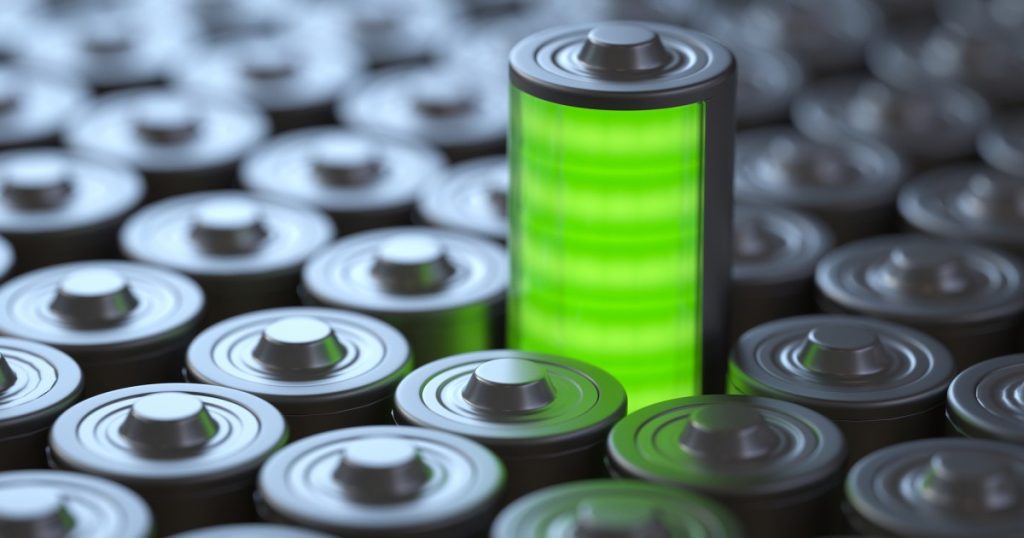Scientists at the University of Twente in the Netherlands have developed a lithium-ion cell that has an unprecedented structure which is being described as an “open and regular” crystal. It is still at an experimental stage. However, it will have the potential of charging 10 times faster than the devices currently being used.
The batteries that we use currently are made up of two electrodes. This experiment has focused on the anode to get these results. Scientists are looking for materials for anodes that have nano-scale porous structures. These kinds of anodes provide more contact area with the liquid electrolyte that transports the lithium ions while enabling the ions to diffuse more easily into the solid electrode material. This enables a very faster rate of charging.
However, the material proposed is not without its downside. The disorganized and random nature of the channels in the porous nanostructure can cause those structures to collapse during charging, while also reducing the battery’s density and capacity, and can cause lithium to build upon the anode surface and degrade its performance with every cycle. Also, the manufacturing of these materials is complex and is not safe for the environment.
Scientists think that nickel niobate is the perfect material so far. for their experiment, they used its anode and were successful in getting faster charging. Also, the structure is more compact and takes up less volume.
This anode had the capacity of 244 mAh g?1, and because the volume change within the nickel niobate is minimal during operation, 81 percent of its capacity was retained across 20,000 cycles.
This can be applied on a wider scale as well like in grid applications to power electric machinery in need of fast charging, or in heavy electric vehicle transport.
The research was published in the journal Advanced Energy Materials.

